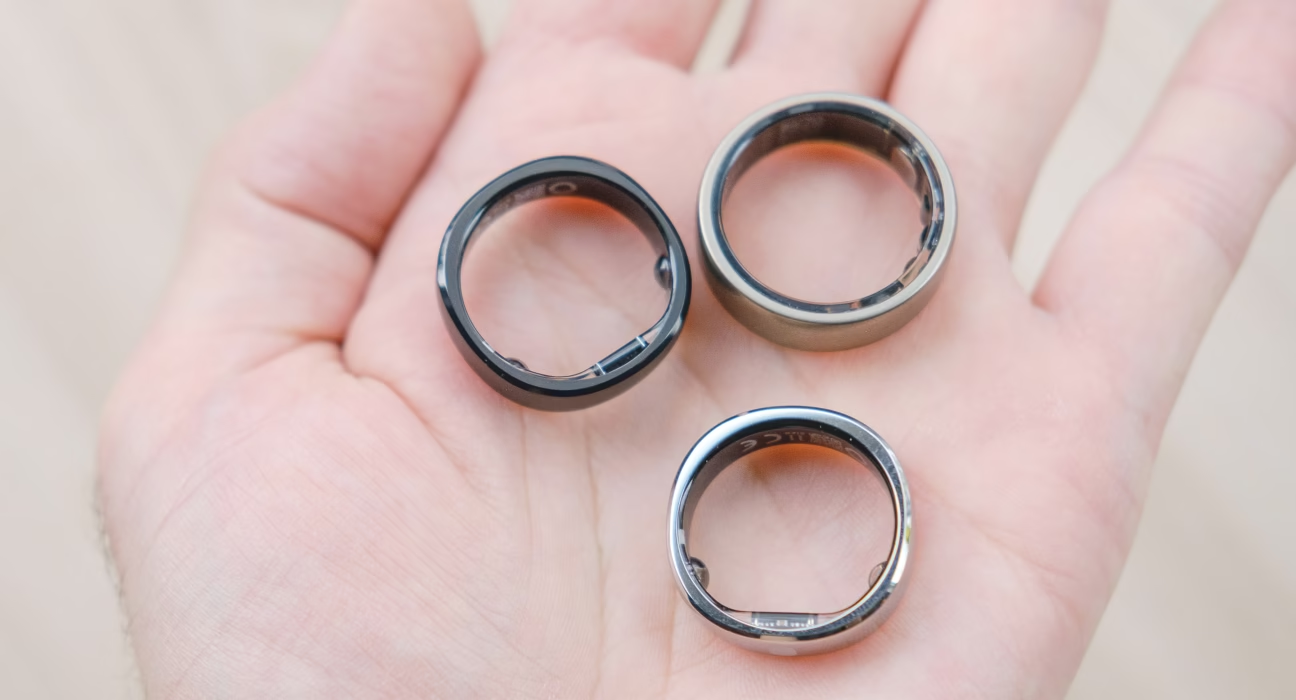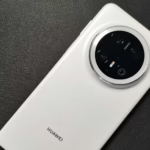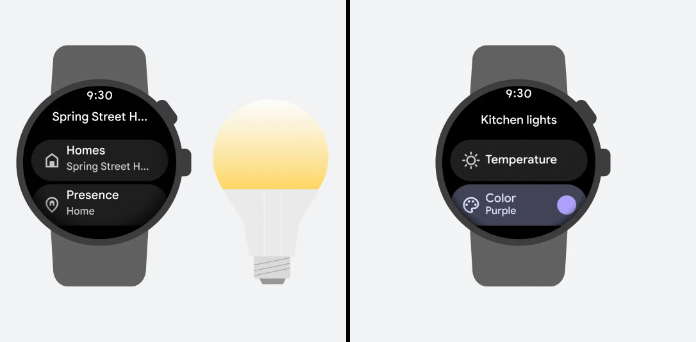The Future of Smart Rings: 2025 and Beyond
Estimated reading time: 15 minutes
Key Takeaways
- Smart rings are rapidly ascending, poised to become a central element in the **future of smart rings 2025**.
- The **smart ring wearable technology trends** are accelerating, leading to more sophisticated and integrated devices.
- By 2025, smart rings will represent the cutting edge of wearable tech, moving from niche gadgets to integral components of daily health management and digital life.
- Current leading devices like the Oura Ring 4, Samsung Galaxy Ring, Ultrahuman Ring, and RingConn Gen 2 already offer advanced health tracking in a discreet package.
- Future advancements will include more precise sensors, improved battery life, and integrations with smart home devices and contactless payments.
- **AI driven smart ring innovations** will transform data collection into personalized, actionable health insights and proactive alerts.
- Smart rings offer distinct advantages over smartwatches in terms of accuracy, comfort, and battery life for focused health monitoring.
- The market for smart rings is projected to exceed $420 million in 2025 and grow significantly in the following years.
Table of contents
- The Future of Smart Rings: 2025 and Beyond
- Key Takeaways
- Introduction
- The Current Landscape: What Makes Smart Rings Great Today?
- The Evolution of Smart Ring Capabilities: What’s Next?
- The AI Revolution: Smarter Rings for Smarter Health
- Smart Rings vs. Smartwatches: Understanding the Differences
- Looking Ahead: The Future of Smart Rings in 2025 and Beyond
- Frequently Asked Questions
Introduction
The world of wearable technology is in constant flux, and the humble smart ring is rapidly emerging as a significant player. Once considered a niche gadget, the smart ring is poised to become a central element in the **future of smart rings 2025**. The **smart ring wearable technology trends** are accelerating at an unprecedented pace, making these discreet devices more sophisticated, more integrated, and more essential to our daily lives than ever before. This post delves into what the **future of smart rings 2025** holds, exploring advancements in health tracking, the transformative impact of artificial intelligence, and how they stack up against their wrist-worn counterparts. The **future of smart rings 2025** is arriving faster than anticipated. Smart rings in 2025 represent the cutting edge of wearable technology, moving beyond niche gadgets to integral components of daily health management and digital life. Their popularity is surging thanks to their discreet form factor and evolving capabilities.
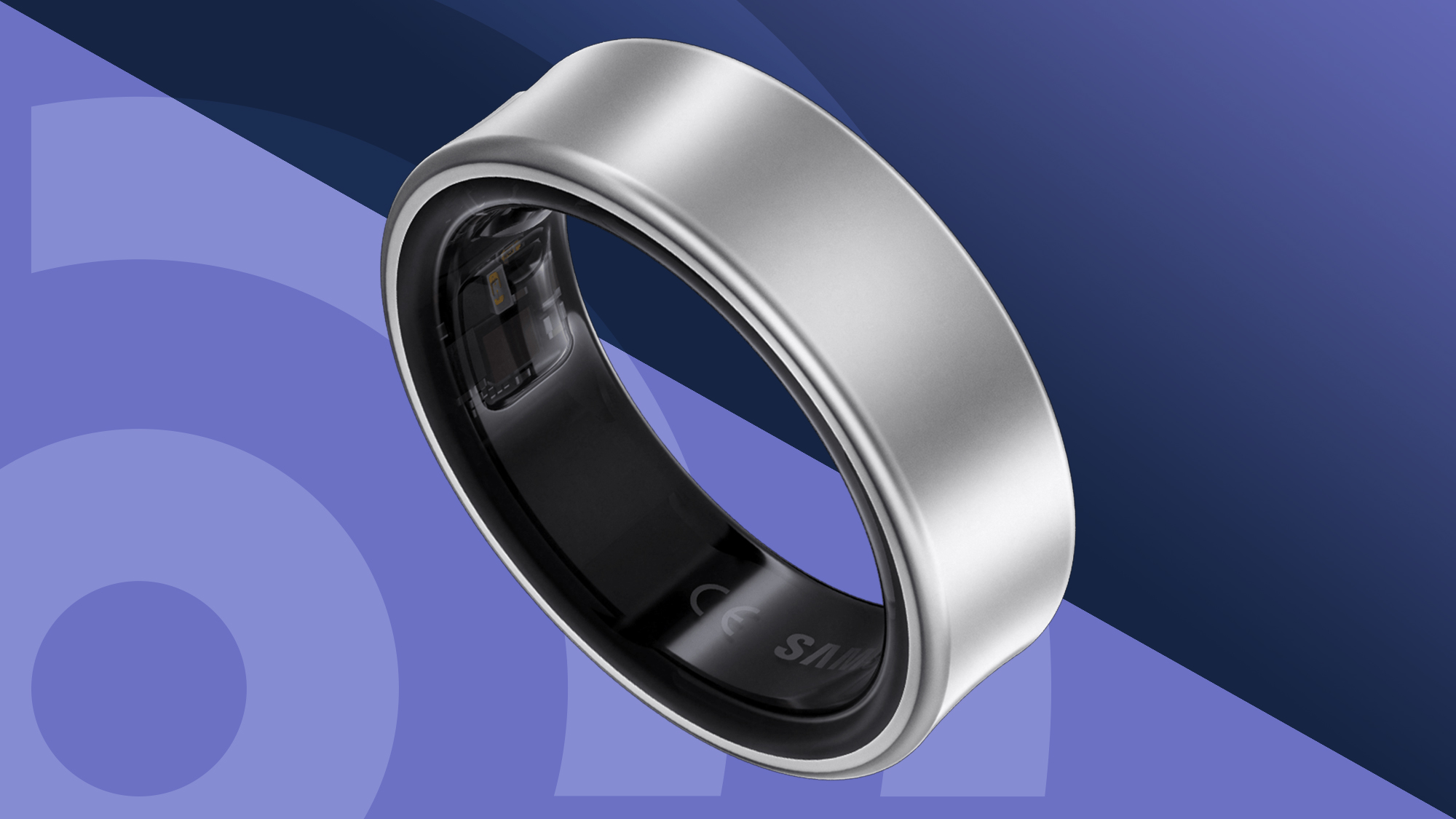
The Current Landscape: What Makes Smart Rings Great Today?
Today, smart rings are already demonstrating their immense potential, particularly as **best smart rings for health tracking**. Devices such as the Oura Ring 4, the highly anticipated Samsung Galaxy Ring, the robust Ultrahuman Ring, and the feature-rich RingConn Gen 2 are setting new standards. These current-generation rings offer continuous monitoring of vital health metrics, including heart rate, detailed sleep stages, subtle body temperature fluctuations, and overall activity levels.
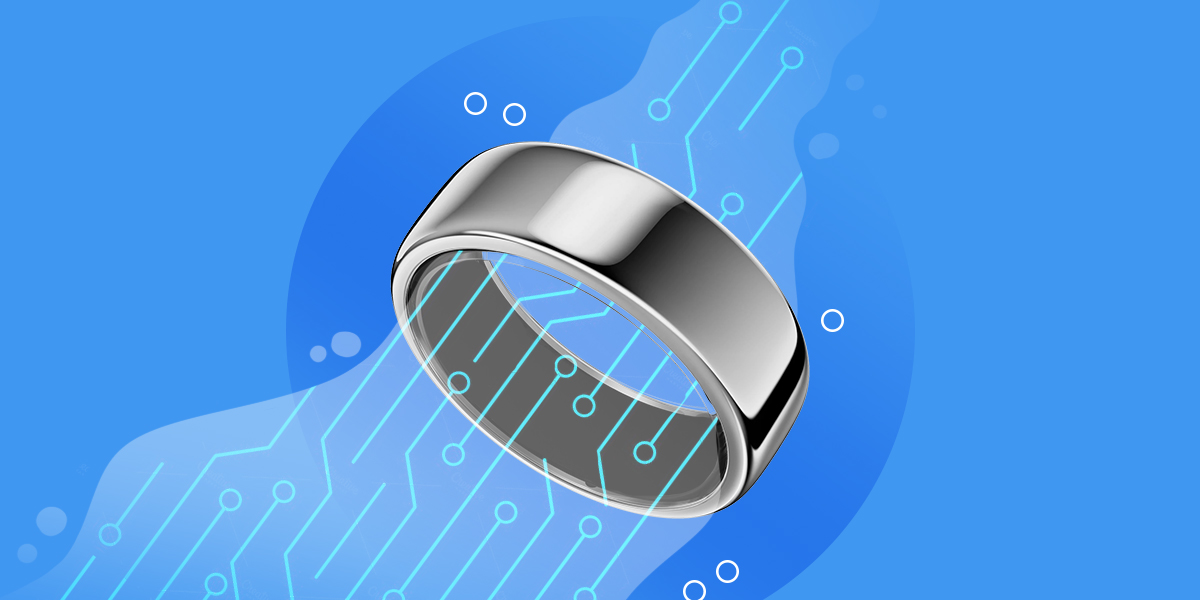
One of the most significant advantages of smart rings lies in their design. Their discreet, unobtrusive form factor ensures comfort for 24/7 wear, making it easier for users to gather consistent data without the bulk or distraction often associated with wrist-worn devices. This seamless integration into daily life is a key reason for their growing appeal.
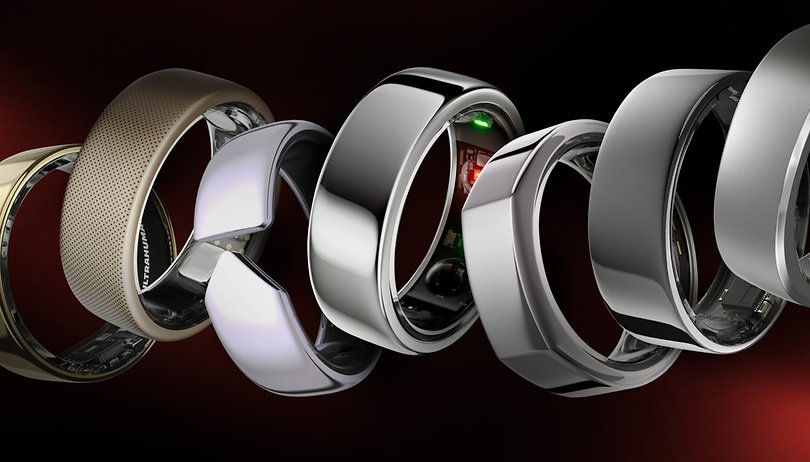
Today’s **best smart rings for health tracking**, such as the Oura Ring 4, Samsung Galaxy Ring, Ultrahuman Ring, and RingConn Gen 2, offer continuous monitoring of heart rate, sleep, body temperature, and activity, while maintaining comfort and style. These rings are praised for their biometric accuracy, driven by proximity to finger arteries, giving them an advantage over wrist-based wearables. For many, the ability to wear a powerful health tracker that looks like ordinary jewelry is a game-changer.
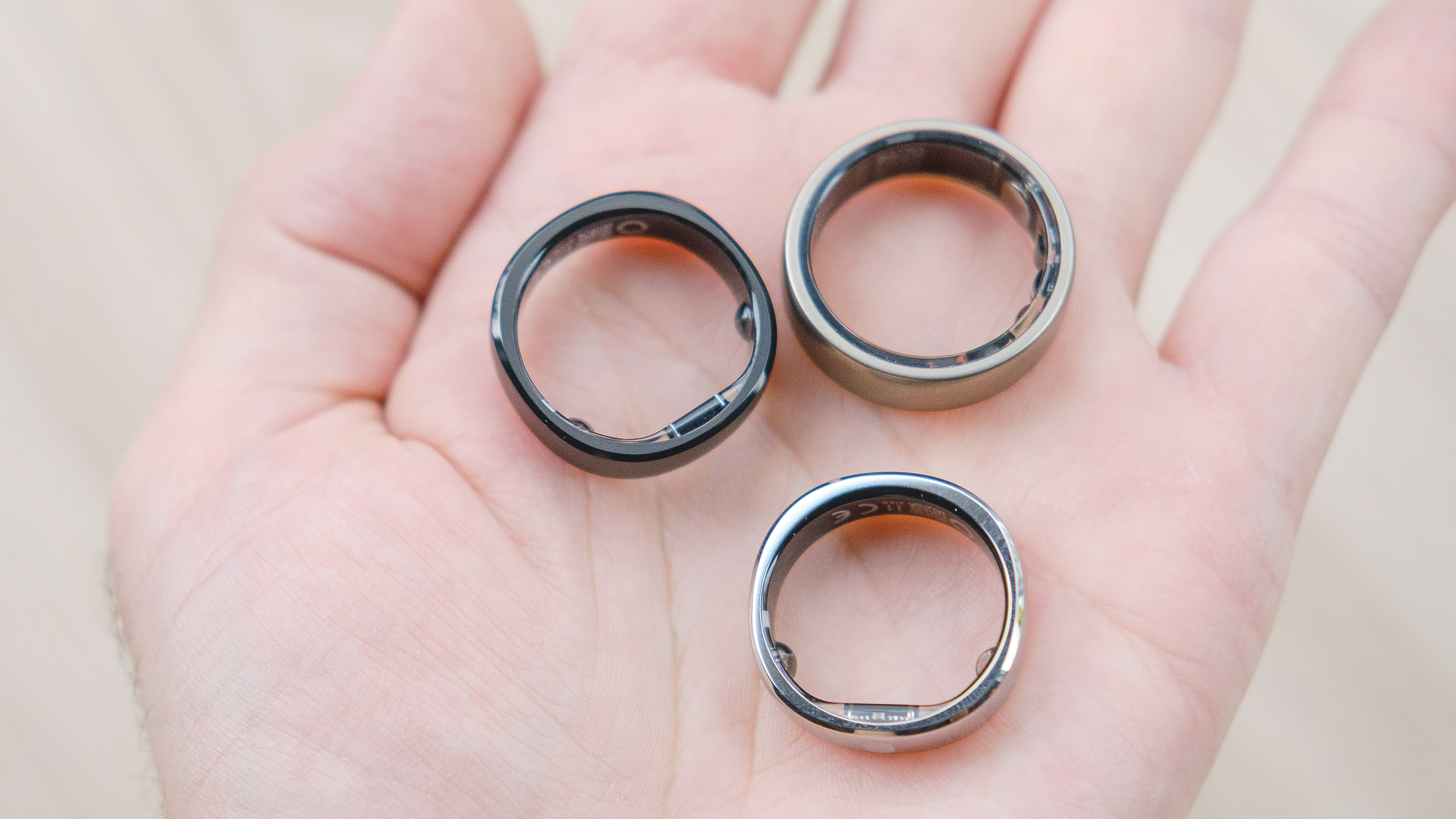
The accuracy of these devices is also noteworthy. Positioned on the finger, smart rings can benefit from the proximity to digital arteries, potentially offering more precise readings for heart rate and other cardiovascular metrics compared to sensors placed on the wrist. This enhanced accuracy is crucial for users who rely on their wearable data for serious health management and performance optimization.
The comfort factor cannot be overstated. Unlike smartwatches that can be bulky and sometimes irritating during sleep or physical activity, smart rings are lightweight and designed to be forgotten. This allows for uninterrupted data collection, providing a more complete and accurate picture of a user’s health over time.
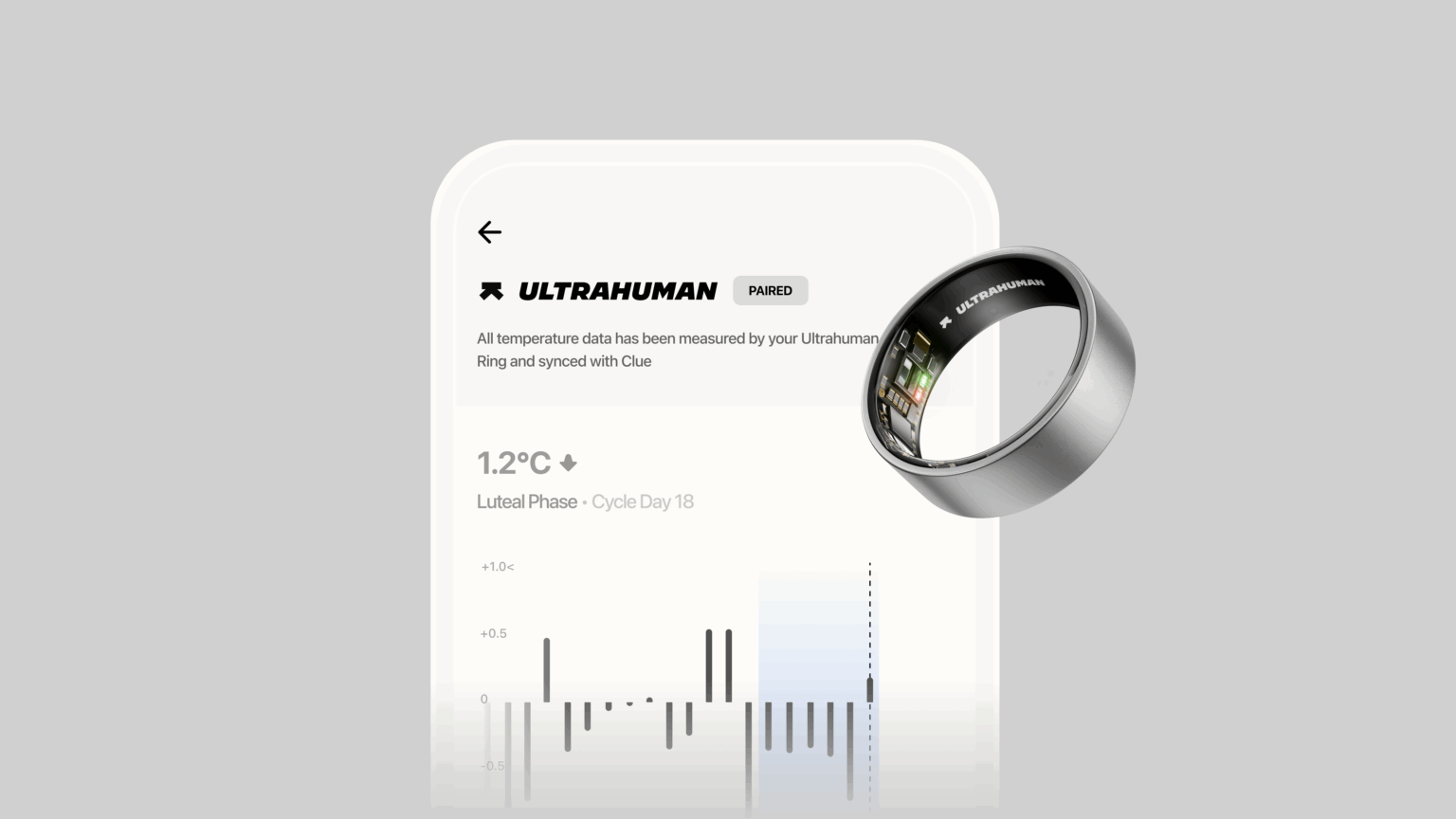
The Evolution of Smart Ring Capabilities: What’s Next?
The **smart ring wearable technology trends** clearly point towards a future where these devices become even more indispensable. We are witnessing significant advancements in sensor technology that will further solidify their position as the **best smart rings for health tracking**. Expect more precise heart rate monitoring, deeper and more nuanced sleep analysis, and continuous body temperature tracking that can provide early indicators of illness or hormonal changes. A major development will be the integration of electrodermal activity (EDA) sensors, which are crucial for detecting stress levels, a metric increasingly recognized as vital for overall well-being. The potential for even more advanced sensors, such as those capable of ECG (electrocardiogram) readings, is also on the horizon.
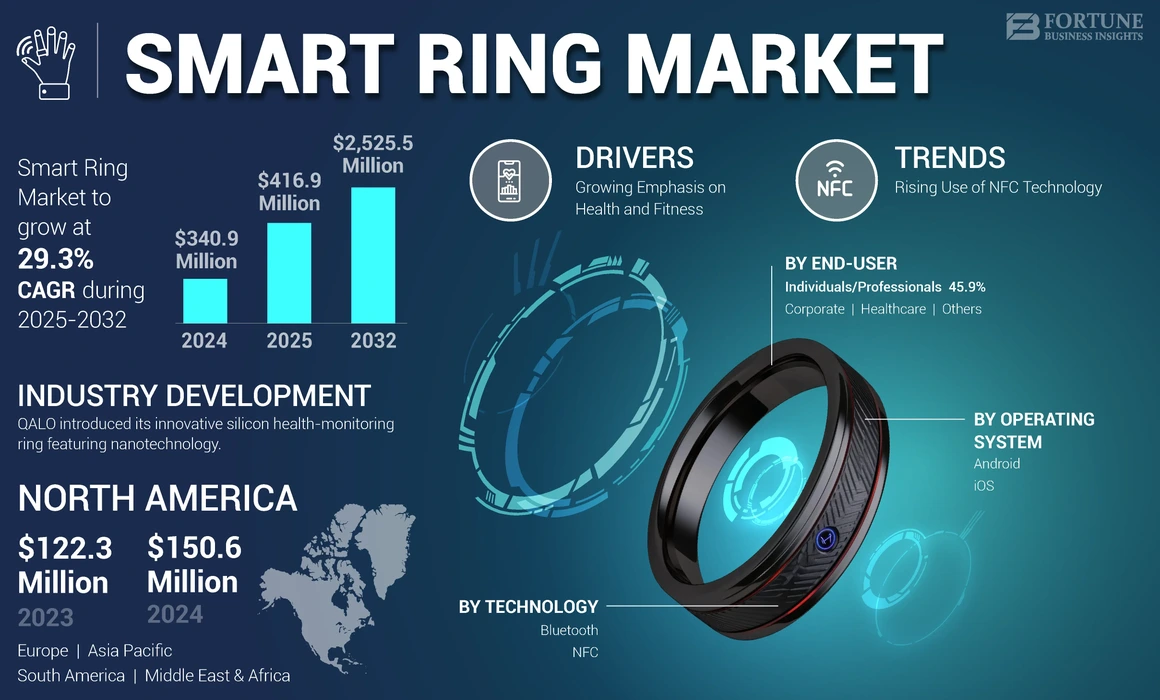
Battery life is another area undergoing rapid improvement. The trend is moving towards rings that can operate for 5-7 days on a single charge, a significant leap from earlier models. This is being driven by breakthroughs in ultra-thin battery technology and the development of energy-harvesting capabilities, ensuring that your ring is always ready to track your health without frequent interruptions for charging.

Beyond health tracking, smart rings are set to expand their functionality with emerging integrations. We are likely to see more seamless control of smart home devices, allowing users to adjust thermostats, lights, or locks with a simple gesture. Contactless payment systems are also becoming a standard feature, offering a convenient and secure way to make purchases directly from your finger, further reducing reliance on your phone or wallet.
**Smart ring wearable technology trends** for 2025 focus on improved sensor density and accuracy, adding features like ECG, electrodermal activity for stress monitoring, and skin temperature probes. Advances in ultra-thin batteries and energy-harvesting technologies mean rings can operate for 5–7 days on a single charge. Integration with smart home devices and payment systems is becoming routine. These evolving capabilities mean that smart rings will soon offer a comprehensive suite of features that rival, and in some areas surpass, other wearables, all within an incredibly compact and stylish package.
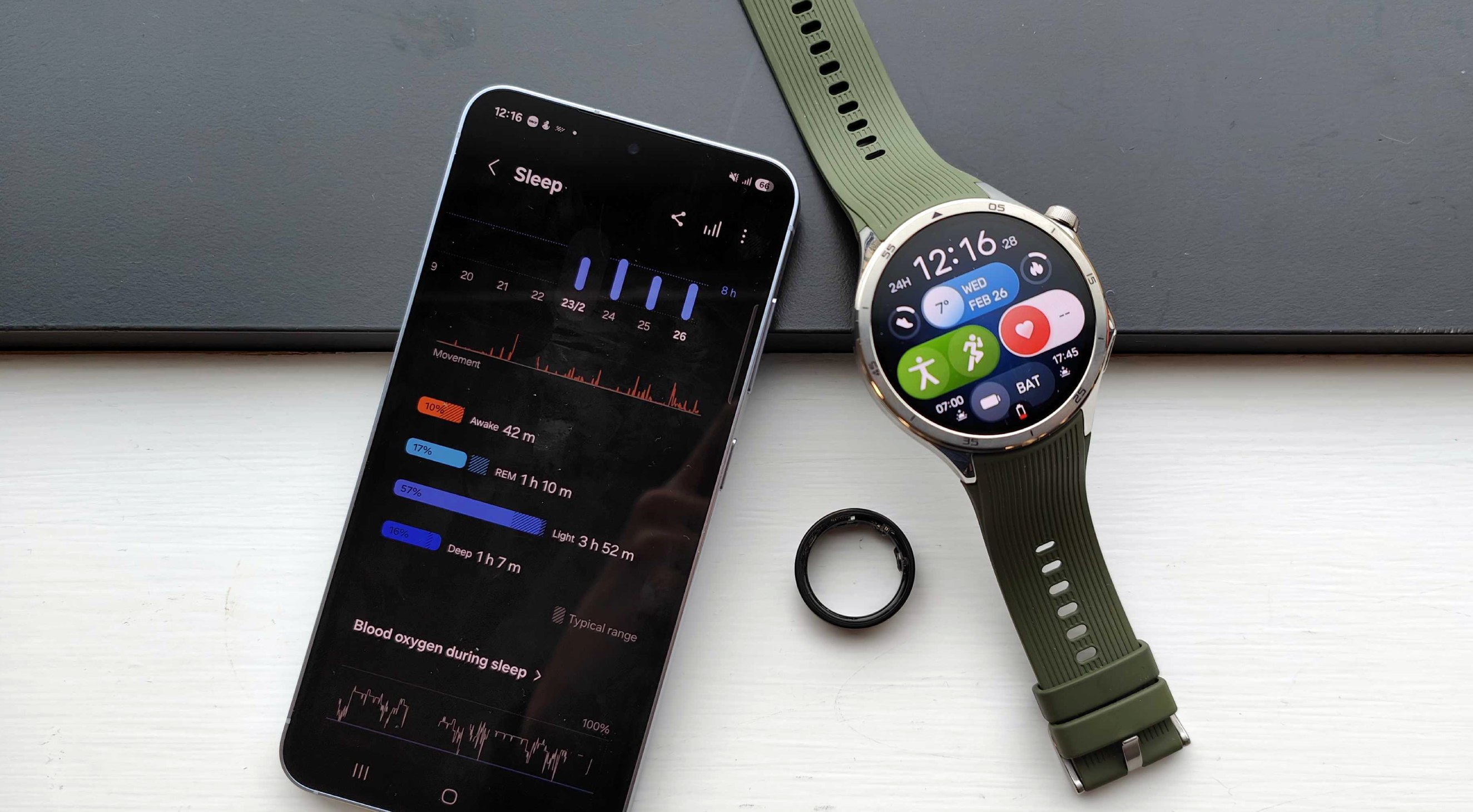
The refinement of algorithms that process the data collected by these advanced sensors will also play a critical role. This means that the insights derived from your sleep, activity, and stress levels will become more accurate and more personalized, offering truly actionable advice for improving your health and well-being.
The AI Revolution: Smarter Rings for Smarter Health
The most profound transformation in the **future of smart rings 2025** will undoubtedly be driven by the integration of artificial intelligence. **AI driven smart ring innovations** are shifting the paradigm from mere data collection to intelligent interpretation and personalized guidance. Instead of simply presenting raw numbers about your sleep or activity, AI will enable smart rings to provide meaningful, actionable insights.
Imagine your smart ring not just telling you how long you slept, but analyzing the quality of your sleep stages, identifying patterns, and offering personalized recommendations to improve it. It could assess your recovery status based on heart rate variability and sleep data, guiding you on whether to push harder in your workout or prioritize rest. Fitness readiness scores, powered by AI, will become more sophisticated, helping you optimize your training and avoid overexertion.
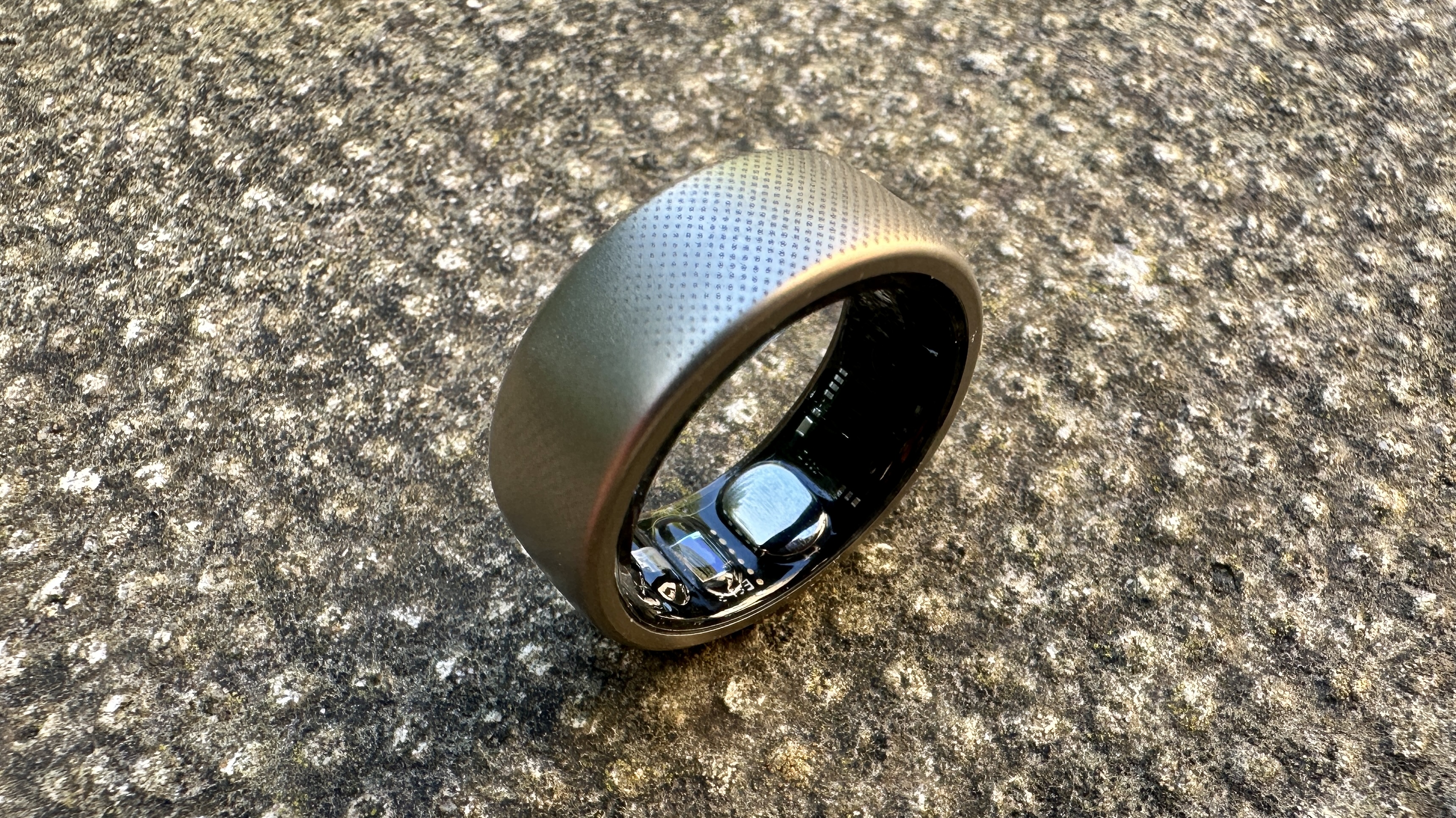
Furthermore, AI will empower smart rings to deliver proactive health alerts. By continuously monitoring subtle changes in your biometrics, AI algorithms can potentially detect anomalies that might indicate an impending illness or a developing health issue, prompting you to seek medical attention sooner. This proactive approach to health management is a significant leap forward, turning your wearable device into a vigilant health guardian.
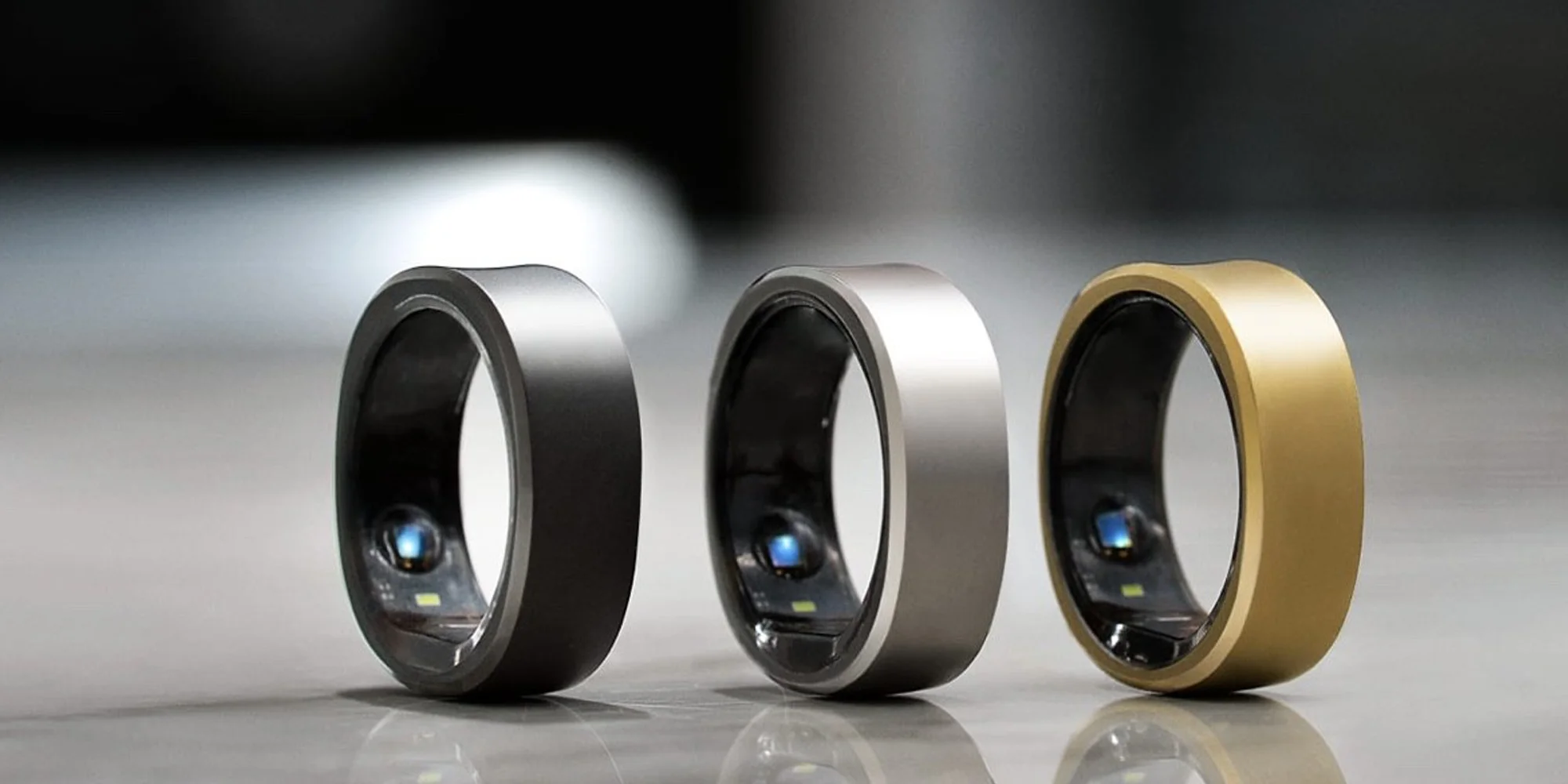
AI’s ability to analyze complex patterns across various metrics—sleep, activity, heart rate, temperature, stress—will create a holistic understanding of your health. This comprehensive view allows for more nuanced insights than analyzing individual data points in isolation. Your ring could become an adaptive digital health coach, learning your habits, understanding your unique physiology, and providing tailored advice that evolves with you.
**AI driven smart ring innovations** are enabling personalized health insights, proactive health alerts, and holistic analysis of complex data patterns such as sleep quality, recovery, and fitness readiness. These features turn health data into actionable guidance, with some rings acting as digital health coaches that adapt to user habits and needs. This intelligent layer is what will truly elevate the smart ring from a sophisticated tracker to an indispensable partner in your health and wellness journey.
Smart Rings vs. Smartwatches: Understanding the Differences
The **smart rings vs smartwatches comparison** is a crucial one for understanding the evolving landscape of wearable technology. While both devices offer connectivity and tracking capabilities, they cater to different user needs and priorities.
Here’s a breakdown of their key differences:
| Feature | Smart Rings | Smartwatches |
| Accuracy | High—closer to arteries | Moderate |
| Comfort | Lightweight & discreet | Bulkier |
| Battery life | 5–7 days | 1–2 days |
| Display | No screen | Full touchscreen |
| Primary Use Case | Health, payments, gestures | Calls, apps, GPS |
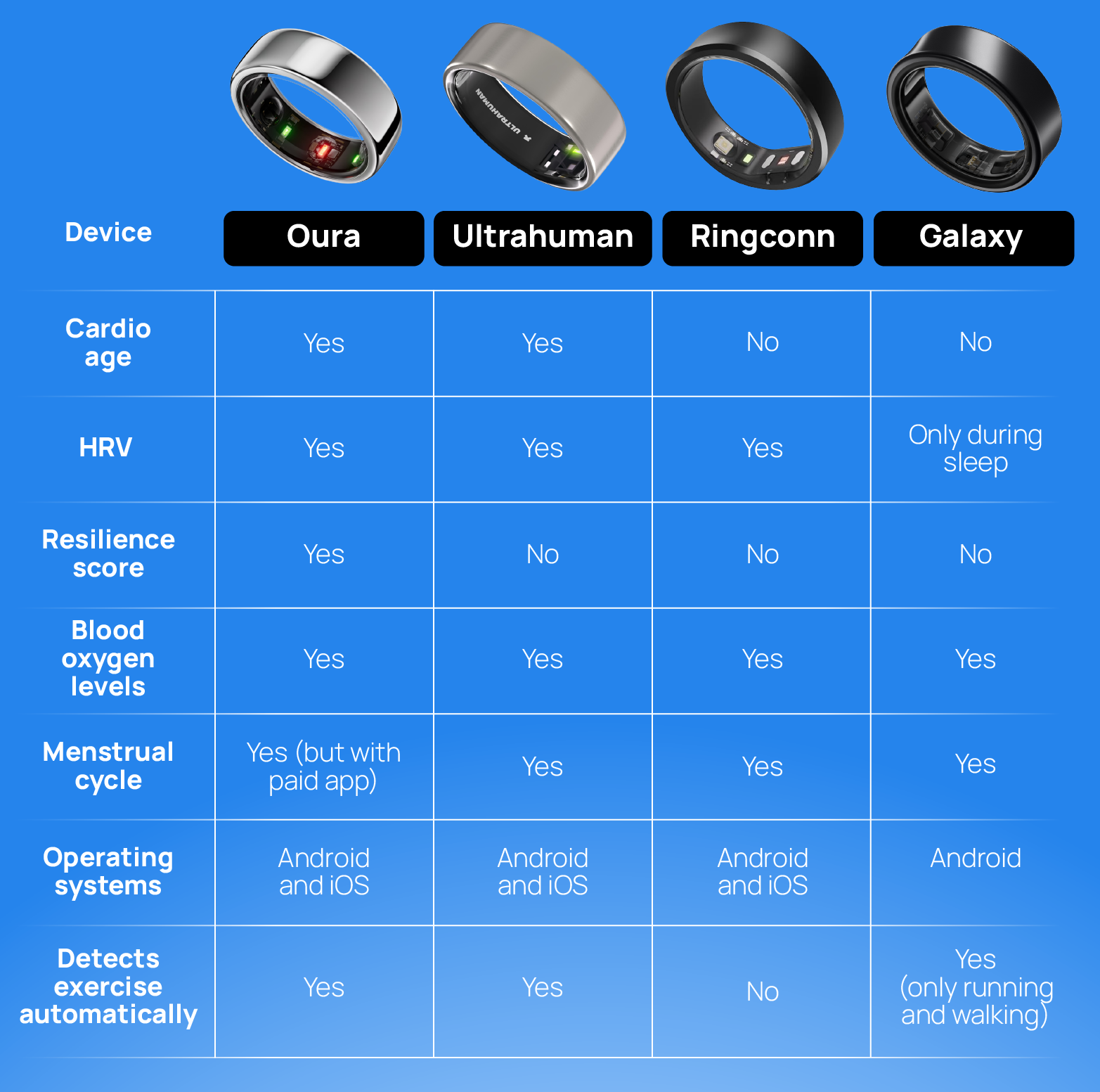
Smart rings excel in discreet passive tracking. Their lightweight design and lack of a screen make them exceptionally comfortable for 24/7 wear, especially during sleep. The longer battery life means less frequent charging, ensuring continuous data collection without interruption. For users whose primary goal is detailed health monitoring and who prefer a minimalist approach to wearables, smart rings are often the superior choice.
Smartwatches, on the other hand, offer a different set of advantages. Their larger, full-color displays provide a rich interface for interacting with apps, receiving notifications, making calls, and using GPS navigation. They are the go-to device for those who want a mini-smartphone on their wrist, capable of handling a wide range of tasks beyond basic health tracking.
The **smart rings vs smartwatches comparison** shows that smart rings excel in discreet, passive health and activity tracking, comfort, and battery life, while smartwatches remain better for active interactions and access to full app ecosystems. For users focused on health tracking and minimalism, rings are often preferred. Ultimately, smart rings are carving out their niche as specialized, health-focused wearables that can either complement or serve as a primary alternative to smartwatches, depending on individual user priorities.
Looking Ahead: The Future of Smart Rings in 2025 and Beyond
Synthesizing the current trends and anticipated advancements, the **future of smart rings 2025** presents a compelling vision of truly integrated, intelligent personal technology. Beyond enhanced health tracking, we can expect new functionalities to emerge. Advanced contactless payment capabilities via NFC will become even more seamless, making transactions effortless. Subtle notifications, delivered through discreet vibrations or even low-power LEDs embedded in the ring, will keep users informed without constant screen interruptions. Intuitive gesture controls could allow users to interact with other smart devices in their environment—adjusting media playback, answering calls, or controlling smart home gadgets with simple hand movements.
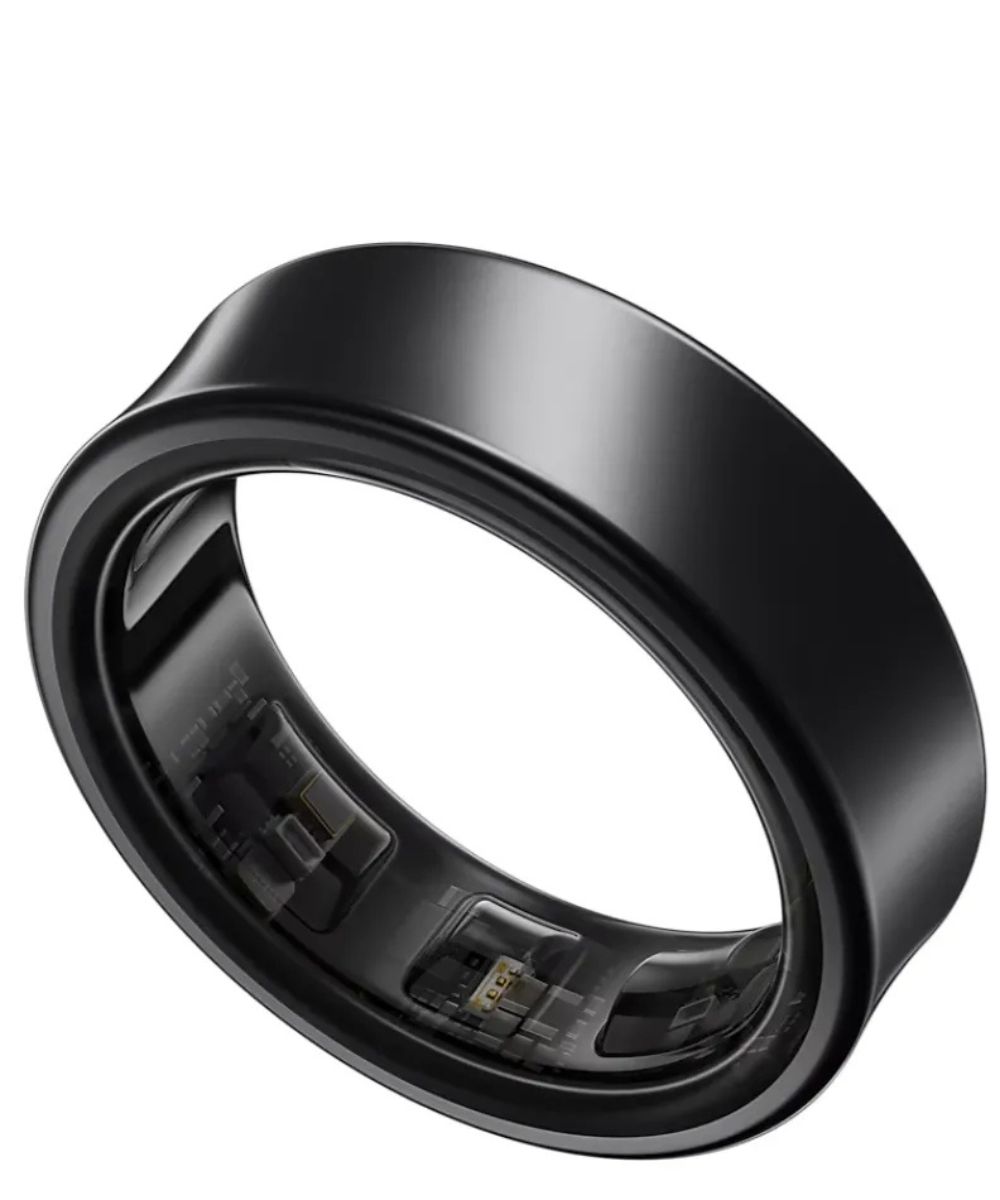
The role of smart rings as the **best smart rings for health tracking** will be amplified by deeper AI coaching. These devices will offer more personalized guidance for fitness, sleep optimization, and stress management, adapting to individual needs and progress. **AI driven smart ring innovations** will be a primary driver, turning the device into a proactive wellness partner.

The ongoing evolution of **smart ring wearable technology trends** will also see them seamlessly integrated into the broader Internet of Things (IoT) ecosystem. Imagine your smart ring automatically adjusting your home’s lighting and temperature based on your sleep and wake cycles, or triggering your coffee maker when you’re about to wake up. This level of context-aware automation will make our digital lives even more fluid and responsive.

Market projections further underscore the growing importance of this technology. The smart ring market is set to exceed $420 million in 2025, with future projections rising beyond $1 billion by 2030. This significant growth indicates widespread consumer adoption and increasing investment in research and development.
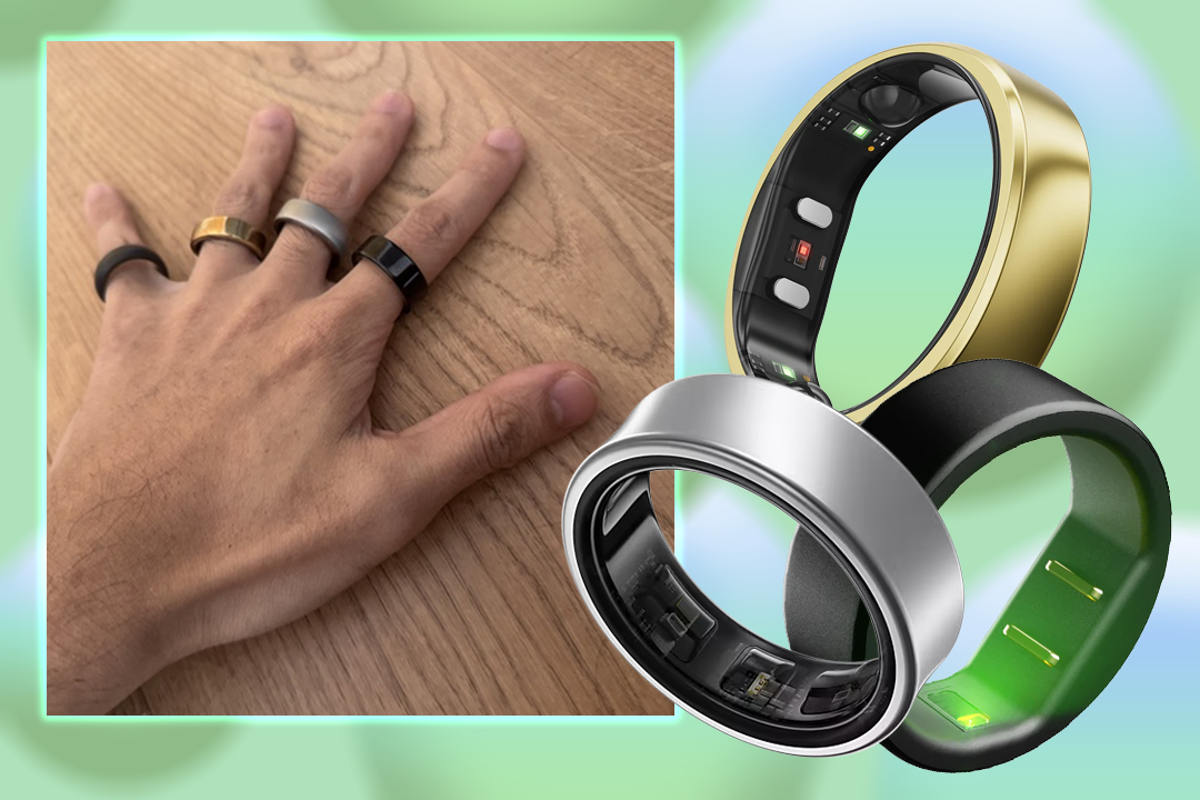
The **future of smart rings 2025** points to even broader adoption and expanded features like contactless payments via NFC, subtle notifications through vibration or LED, gesture controls for smart home or device interaction, enhanced AI coaching for fitness, sleep, and stress management, and seamless integration with IoT, enabling context-aware automation of environments. The market is set to exceed $420 million in 2025, with future projections rising beyond $1 billion by 2030. This trajectory suggests that smart rings are not just a passing trend, but a fundamental shift in how we interact with technology and manage our well-being.
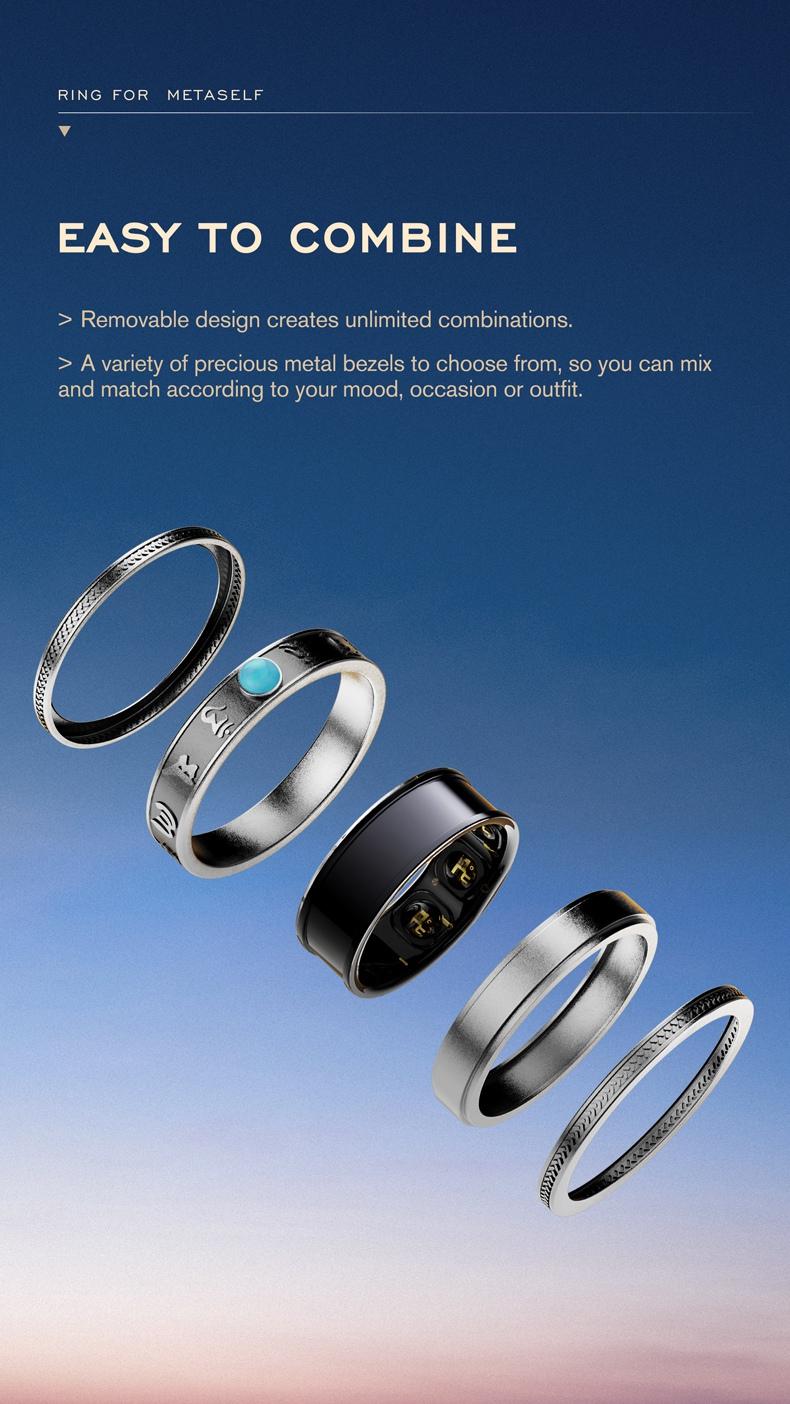
Frequently Asked Questions
Q1: Will smart rings replace smartwatches by 2025?
A1: It’s unlikely that smart rings will entirely replace smartwatches, as they serve different primary purposes. Smartwatches offer broader functionalities like app interaction and communication, while smart rings excel in discreet health tracking and comfort. They are more likely to become complementary devices or preferred alternatives for users prioritizing specific features.
Q2: How accurate are smart rings for health tracking?
A2: Smart rings are becoming increasingly accurate, often leveraging their placement near finger arteries for precise heart rate and blood oxygen readings. Advancements in sensor technology and AI-driven data analysis are continually improving their accuracy for metrics like sleep, temperature, and activity.
Q3: What are the main advantages of smart rings over smartwatches?
A3: The primary advantages of smart rings include their discreet and comfortable design, superior battery life (typically 5-7 days vs. 1-2 days for smartwatches), and often higher accuracy for certain health metrics due to their placement. They offer a minimalist approach to wearable technology.
Q4: Will smart rings be able to make contactless payments in 2025?
A4: Yes, contactless payment capabilities via NFC are already present in some smart rings and are expected to become a more common and advanced feature by 2025, offering a convenient way to pay without needing a phone or wallet.
Q5: What role will AI play in the future of smart rings?
A5: AI will be crucial for transforming raw biometric data into personalized health insights, actionable advice, and proactive alerts. **AI driven smart ring innovations** will enable rings to act as adaptive digital health coaches, providing a more holistic and intelligent understanding of user well-being.
Q6: Are smart rings suitable for all types of users?
A6: Smart rings are particularly well-suited for individuals who prioritize health monitoring, prefer a discreet and comfortable wearable, or want longer battery life. Users who heavily rely on a display for apps, calls, and extensive interaction might still prefer smartwatches, but smart rings are broadening their appeal across diverse user groups.
Q7: What are the market projections for smart rings?
A7: The smart ring market is projected to exceed $420 million in 2025 and is expected to grow significantly, surpassing $1 billion by 2030, indicating strong consumer interest and market expansion.


